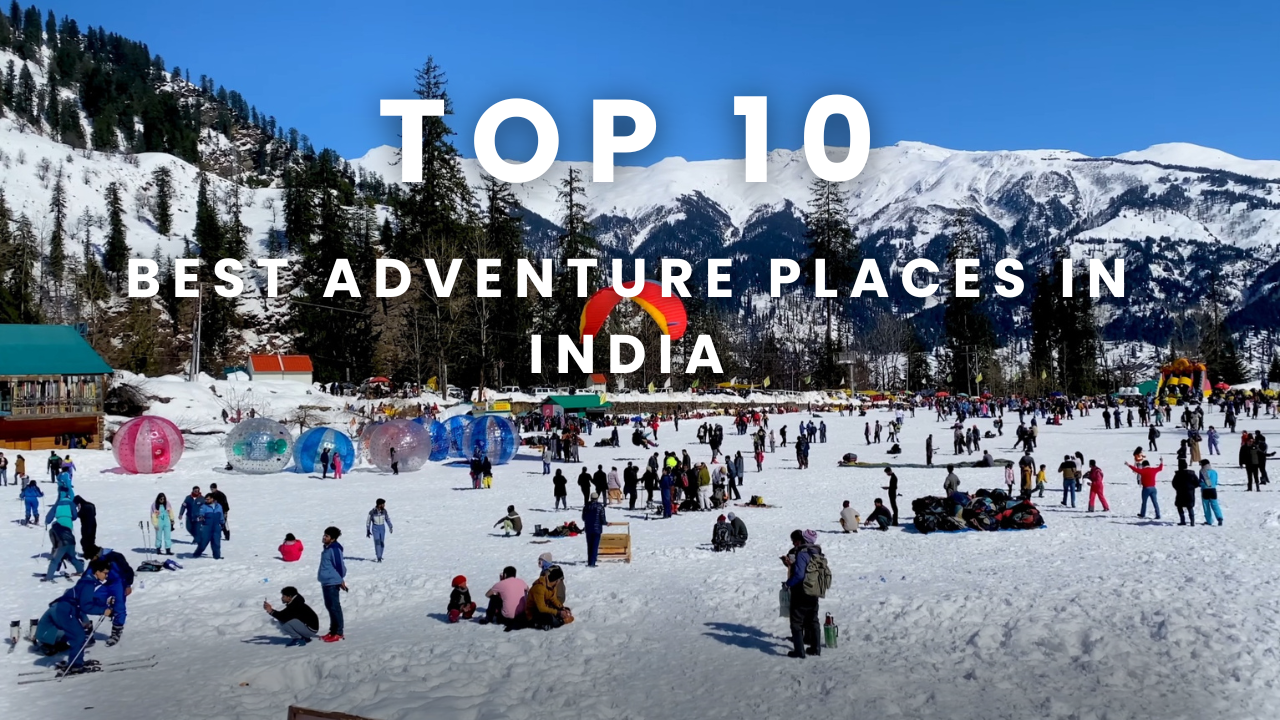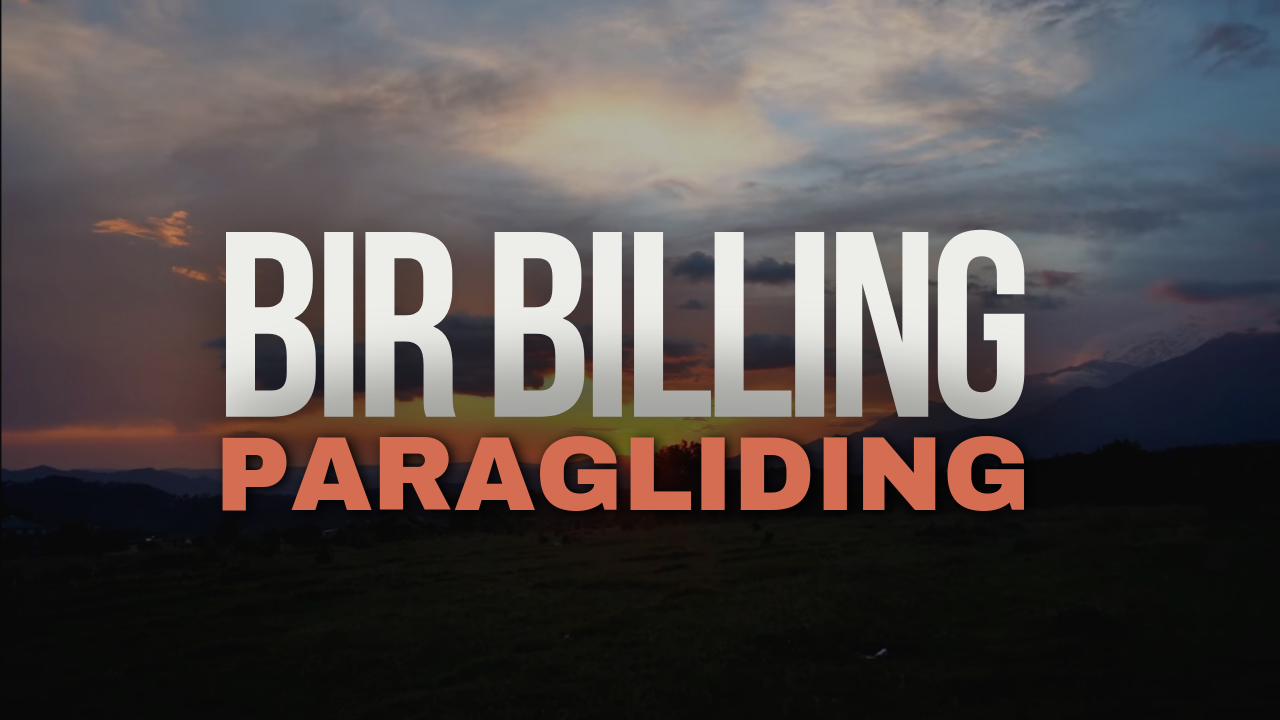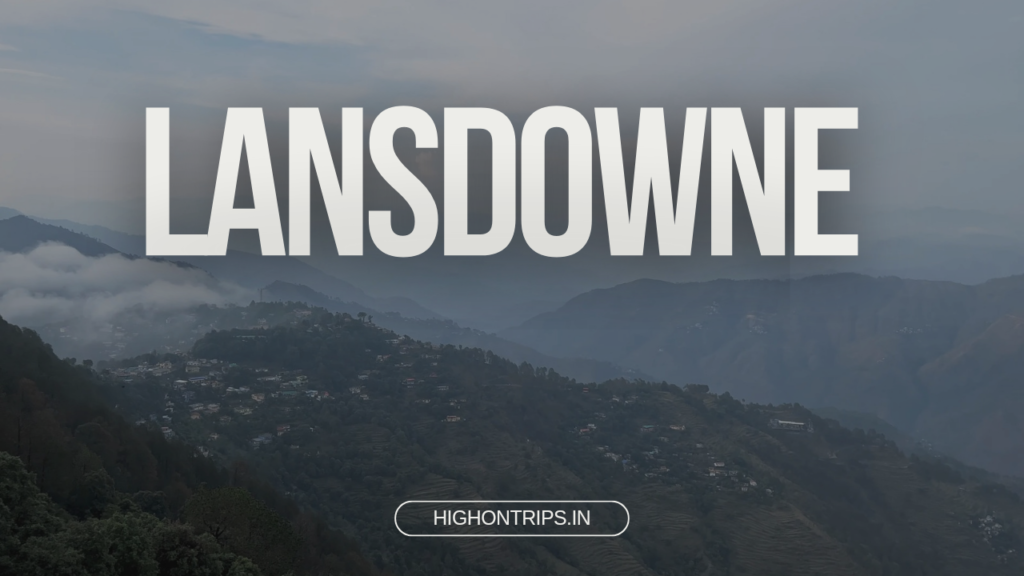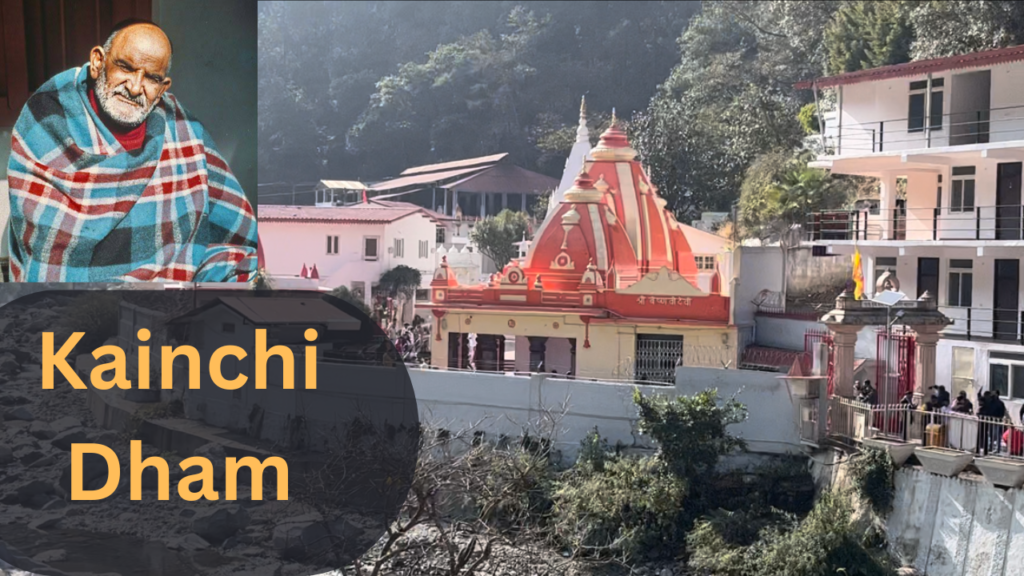The Kinner Kailash Trek is a pilgrimage and an adventure unlike any other, located in the tranquil Himalayas. It takes trekkers through difficult terrain, historic customs, and stunning scenery, providing a singular experience that goes beyond the physical journey. This article will take you on a virtual tour of this amazing walk, exploring its significance, history, and the breathtaking beauty that awaits those who are willing and able to attempt it.
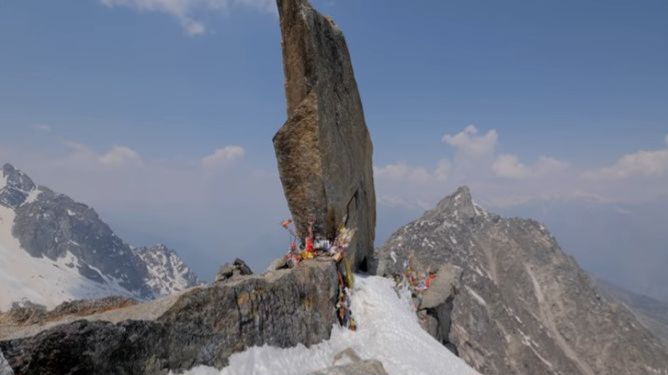
About kinner kailash Trek

The Kinner Kailash Trek is located in the Kinnaur district of Himachal Pradesh, India. It is often referred to as one of the most challenging and spiritually rewarding treks in the Indian Himalayas. The trek gets its name from the sacred Mount Kinner Kailash, which stands tall at an altitude of 6,050 meters. This mountain is believed to be the abode of Lord Shiva by the local Kinnauri people and is a significant pilgrimage destination.
The Kinner Kailash Trek covers a distance of approximately 79 kilometers in total. The trek typically takes around 5 to 7 days to complete, depending on the pace of the trekkers and their acclimatization.
Historical Significance
The Kinner Kailash Trek is steeped in history and mythology. The mountain is closely associated with the legend of Lord Shiva and Goddess Parvati. According to local lore, Lord Shiva is said to reside on Mount Kinner Kailash with his better half, Goddess Parvati. The mountain is believed to be their winter abode, and the trek is a symbolic journey to their divine presence.
The pilgrimage tradition has been passed down for centuries, and it is said that Pandavas, the heroes of the Indian epic Mahabharata, also undertook this challenging journey to seek the blessings of Lord Shiva. The trek, therefore, holds immense historical and religious importance
Trekking Route
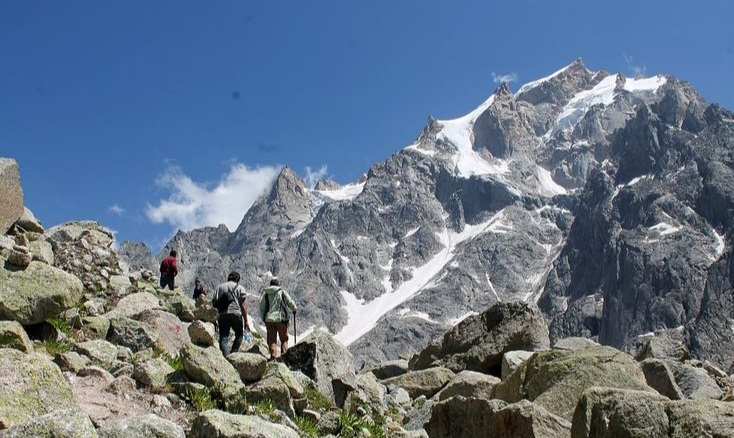
The Kinner Kailash Trek is not for the faint-hearted. The trekking route is filled with steep ascents, treacherous descents, and unpredictable weather conditions. It usually begins from the town of Thangi and follows a circular path, bringing trekkers back to Thangi after completing the trek. The trek is typically divided into the following stages:
1. Thangi to Charang
The journey starts from Thangi and takes you through picturesque villages, dense forests, and gushing rivers. Trekkers often find themselves captivated by the beauty of the region as they head to Charang. The Charang Monastery, a prominent attraction on the route, provides a glimpse into the rich Tibetan culture.
2. Charang to Lalanti
This challenging section of the journey leads to Charang Kailash. The path frequently travels along the brink of cliffs and is narrow and occasionally dangerous. While navigating this portion, hikers must exercise caution and agility.
3. Lalanti to Charang Kailash
This is a strenuous stretch of the trek, leading to Charang Kailash. The path is narrow and sometimes treacherous, often traversing along the edge of cliffs. Trekkers need to be cautious and agile as they make their way through this section.
4. Charang Kailash to the Base Camp
At the base camp, trekkers get their first up-close view of the revered Mount Kinner Kailash. The Base Camp is situated at an altitude of around 15,500 feet. Trekkers can rest and acclimatize here before proceeding to the final stage.
5. Parikrama – Circumambulation of Kinner Kailash
The most spiritually significant part of the trek is the circumambulation of Mount Kinner Kailash. This involves a parikrama, a ritual walk around the base of the mountain, which is believed to bring blessings and fulfillment of one’s wishes.
6. Base Camp to Thangi
The return journey follows the same route, with trekkers retracing their steps back to Thangi. The descent can be physically demanding, but the satisfaction of completing the pilgrimage trek makes it all worth it.
Best Time to Trek
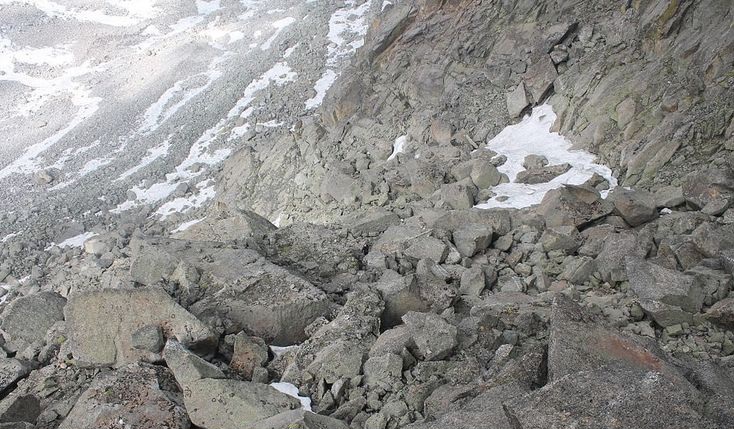
The Kinner Kailash Trek is typically open for a limited period during the year. The best time to undertake this trek is from mid-June to mid-September. During this period, the weather is relatively stable, and the high mountain passes are accessible. However, trekkers should be prepared for sudden changes in weather, as mountain climates can be unpredictable.
Challenges and Precautions
Trekking in the Himalayas, especially on a challenging route like the Kinner Kailash Trek, poses several challenges. Here are some precautions to keep in mind:
1. Acclimatization: Proper acclimatization is crucial due to the high altitude. Trekkers should spend a day or two at the base camp to adjust to the thin air before attempting the circumambulation.
2. Weather: Weather conditions can change rapidly in the mountains. Trekkers should carry adequate warm clothing and rain gear to be prepared for all possibilities.
3. Physical Fitness: The trek is physically demanding, and trekkers should be in good physical shape. Regular exercise and cardiovascular conditioning can help prepare for the trek.
4. Pack Light: Carrying a heavy backpack can be tiring. Pack only the essentials and avoid overloading yourself.
5. Local Customs: Trekkers should respect local customs and traditions, especially during the pilgrimage aspects of the trek.
The Spiritual Experience
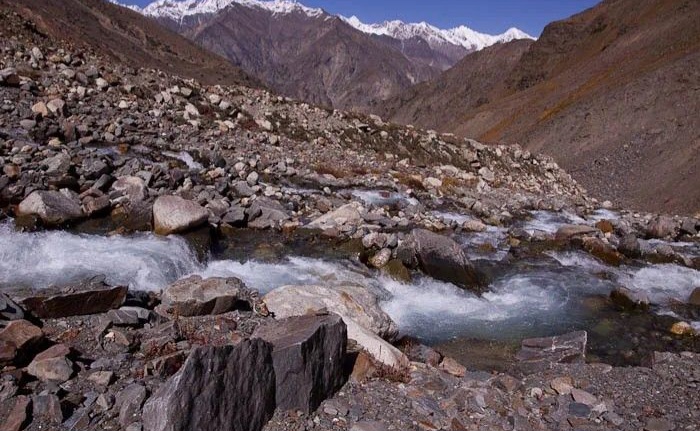
The Kinner Kailash Trek is not just an adventure; it’s a spiritual journey that connects trekkers with the divine. The circumambulation of Mount Kinner Kailash is the highlight of the trek. Trekkers walk in a clockwise direction, offering prayers and seeking blessings from Lord Shiva.
The inner peace and spiritual fulfillment that one experiences during this trek are profound. The sacred aura of the region, the mesmerizing beauty of the mountains, and the rich traditions of the local people create an environment that transcends the physical world. Many trekkers find themselves deeply moved by the experience, and it often leaves a lasting impact on their lives.
Local Culture and Traditions
The Kinnauri people have a unique and rich culture, which reflects their close connection to both Tibetan and Indian traditions. During the trek, trekkers have the opportunity to interact with the locals and get a glimpse of their way of life. The Charang Monastery, in particular, is a cultural treasure that showcases stunning Tibetan art and architecture.
The Kinnauri people are known for their warmth and hospitality. Trekkers are often welcomed with open arms and can partake in local festivals and celebrations if the timing is right. This interaction adds a cultural dimension to the trek that enhances the overall experience.
Trekking Permits and Regulations
To undertake the Kinner Kailash Trek, trekkers need to obtain the necessary permits from the Himachal Pradesh authorities. The local administration may have specific regulations in place, so it’s essential to check the latest requirements before planning the trek.
How to Reach Kinner Kailash
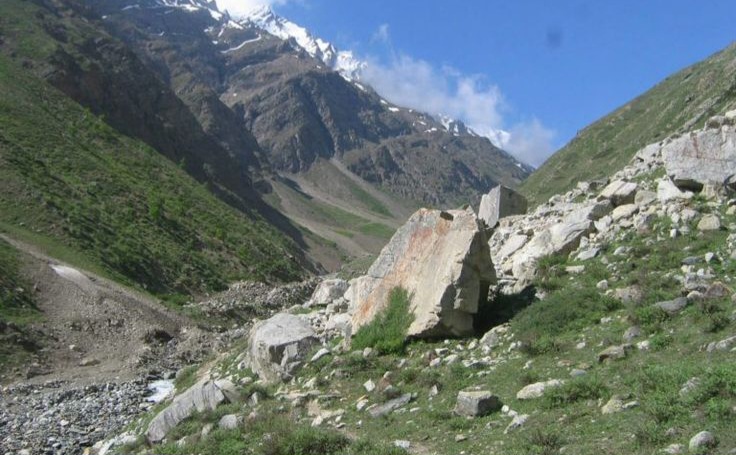
we’ll guide you on how to reach Kinner Kailash, providing insights into transportation options and the best routes to embark on this incredible adventure.
1. Reaching Shimla
Your journey to Kinner Kailash usually begins from Shimla, the capital city of Himachal Pradesh. Shimla is well connected by road, rail, and air, making it the most accessible starting point for your adventure.
By Air: The nearest airport to Shimla is Jubbarhatti Airport, which is around 22 kilometers away. However, this airport has limited flight connectivity. Alternatively, you can fly into Chandigarh Airport, which is approximately 113 kilometers from Shimla and offers better flight options. From Chandigarh, you can hire a taxi or take a bus to reach Shimla.
By Train: Shimla is also accessible by train. The Kalka-Shimla Railway, a UNESCO World Heritage Site, provides a scenic train journey to Shimla. The Kalka Railway Station is well-connected to major cities like Delhi, Chandigarh, and Kolkata. Once you reach Shimla by train, you can continue your journey by road.
By Road: Shimla is well-connected to various cities in North India by road. You can drive to Shimla or take a bus from nearby cities. State-run and private buses offer regular services to Shimla from places like Delhi, Chandigarh, and Manali.
2. Shimla to Reckong Peo
Reckong Peo, also known as Peo, is the district headquarters of Kinnaur and serves as the base for the Kinner Kailash Trek. It is approximately 235 kilometers from Shimla. To reach Reckong Peo, you have several options:
By Bus: State-run and private buses operate between Shimla and Reckong Peo. The journey takes approximately 10-12 hours, depending on road conditions. The route offers stunning views of the Himalayas and the Sutlej River.
By Taxi: You can also hire a taxi for a more comfortable and flexible journey. Taxis are readily available in Shimla, and you can negotiate the fare with the driver. The drive to Reckong Peo is long but incredibly scenic, offering multiple photo opportunities.
3. Reckong Peo to Thangi
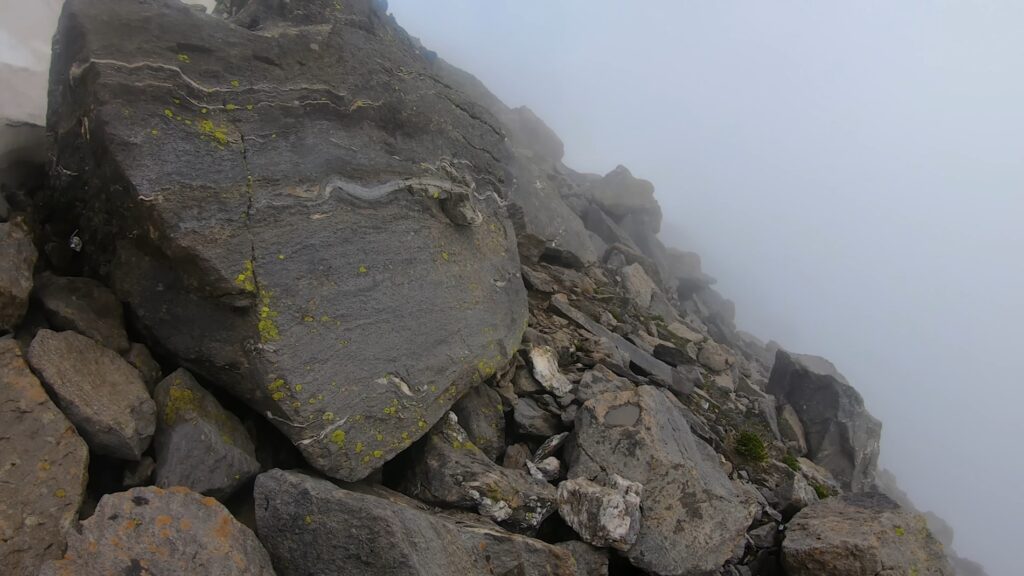
Thangi is the last motorable village before you begin the Kinner Kailash Trek. It’s crucial to reach Thangi as it marks the starting point of your trek. From Reckong Peo, follow these steps to get to Thangi:
By Shared Taxi/Jeep: Shared taxis or jeeps are the most common mode of transportation for this leg of the journey. You can find them near the Reckong Peo bus stand. The road to Thangi is rough and challenging, with steep ascents and rough terrain. The journey takes around 6-8 hours.
Private Vehicle: If you prefer a private vehicle, you can hire a taxi or jeep for the journey to Thangi. Having a private vehicle offers more flexibility in terms of departure time and stops along the way.
4. Thangi to Kinner Kailash Base Camp
The final stretch of your journey is from Thangi to the Kinner Kailash Base Camp, where your trek begins. This part of the journey is usually covered on foot, and the path involves steep ascents and rocky terrain.
On Foot: Trekking is the only way to reach the Kinner Kailash Base Camp from Thangi. The trek typically takes around 2-3 days, depending on your pace and acclimatization. The Kinner Kailash Trek offers breathtaking views of the surrounding mountains, valleys, and landscapes.
The Kinner Kailash Trek is a remarkable journey that combines adventure, spirituality, and culture. It’s an experience that goes beyond the physical challenges of the trek, offering trekkers a unique opportunity to connect with nature
Here are some FAQ
What is the Kinner Kailash Trek?
The Kinner Kailash Trek is a challenging pilgrimage and adventure trek in the Kinnaur district of Himachal Pradesh, India. It leads to the sacred Mount Kinner Kailash, believed to be the winter abode of Lord Shiva.
How long is the Kinner Kailash Trek?
The Kinner Kailash Trek is approximately 79 kilometers long. It typically takes 5 to 7 days to complete, depending on factors like trekking pace and acclimatization.
When is the best time to undertake the Kinner Kailash Trek?
The best time for the trek is from mid-June to mid-September when the weather is relatively stable. However, trekkers should be prepared for sudden weather changes.
How do I reach the starting point of the trek?
The trek usually begins from Thangi, which can be reached from Shimla by bus or shared taxi. Shimla is well-connected by road, rail, and air to major cities in North India.
What are the challenges of the Kinner Kailash Trek?
The trek involves steep ascents, rugged terrain, and high altitudes, which can lead to altitude sickness. Trekkers should also be prepared for unpredictable weather conditions.
Is the Kinner Kailash Trek suitable for beginners?
The trek is challenging and not recommended for beginners. It requires a good level of physical fitness and prior trekking experience.
Are permits required for the Kinner Kailash Trek?
Yes, trekkers need to obtain permits from the Himachal Pradesh authorities to undertake the Kinner Kailash Trek. Specific regulations may apply, so it’s essential to check the latest requirements.
Are permits required for the Kinner Kailash Trek?
Yes, trekkers need to obtain permits from the Himachal Pradesh authorities to undertake the Kinner Kailash Trek. Specific regulations may apply, so it’s essential to check the latest requirements.
Is it possible to hire a local guide for the trek?
Yes, it’s advisable to hire a local guide who is familiar with the terrain and can provide valuable insights into the culture and traditions of the region.


